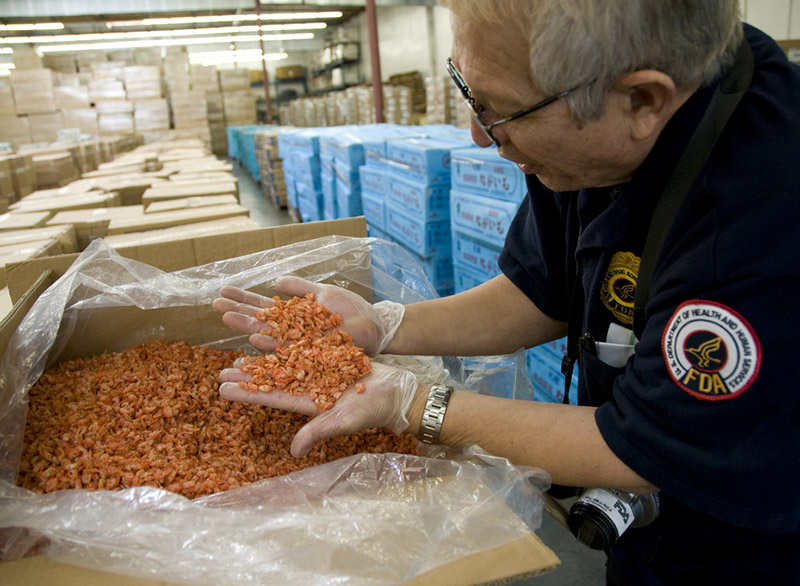The International Trade Commission should maintain anti-dumping duties on farmed shrimp from five countries, U.S. wild shrimp suppliers and processors told the ITC last week.
At hearings in Washington, D.C., members of the American Shrimp Processors Association and others said that the anti-dumping orders on shrimp from Brazil, India, China, Thailand and Vietnam should remain in place due to the harmful impact increased farmed shrimp imports could have on the U.S. shrimp industry as a whole.
“If the orders were revoked, we would see what we saw in the early 2000s: flooding the U.S. market with [foreign] shrimp,” Chalin Delaune, chairman of the Louisiana Seafood Promotion and Marketing Board and vice president of Tommy’s Seafood in New Orleans, Louisiana, told SeafoodSource at the 2017 Seafood Expo North America in Boston.
On the other side, importers and retailers Performance Food Group, Costco and Publix Super Markets — which represent around 200 million pounds of purchasing power, according to Delaune — said the duties should not continue.
However, if the tariffs continue, the retailers said they would continue to buy the shrimp, since it amounts to an additional cost of around 0.10 to 0.15 cents per pound.
Even with the tariffs, “Asian imports are still flooding the market,” said Mark Abbot, national sales at Biloxi Freezing & Processing Inc. in Biloxi, Mississippi. “Because of the strong dollar, imports grew extensively last year.”
However, C. David Veal, executive director of the American Shrimp Processors Association, understand why large institutional buyers are sourcing farmed Asian shrimp versus wild U.S. shrimp.
“It boils down to money, particularly in the institutional trade," Veal said. "White tablecloth customers may be willing to pay [more for wild U.S. shrimp].”
Still, U.S. wild shrimp demand remains strong, Abbot said.
“Our customers are willing to pay for domestic, local shrimp,” Abbot said. “I see substantial growth ahead for wild shrimp.”
At the same time, Gulf of Mexico shrimp landings dropped 24.1 percent from January through November, 2016, to 88 million pounds, according to NOAA.
“There were very low landings in 2016. We have nothing to attribute that to; it is Mother Nature,” Delaune said.
“Over the past three to four years, we have seen industry decline a bit. The number of offshore vessels is down below 1,500,” Veal said. “Plus, there has been unusual weather over the last few years.”
As a a result, prices for Gulf shrimp reached near historical highs in late November, with U15-count shrimp priced at $9.77 per pound in the Northern Gulf and $10.30 per pound in the Western Gulf. Ex-vessel prices for 26- to 30-count shrimp were also higher than those reported in the previous year, reportedly reaching $4.42 per pound, compared to $2.84 per pound last November.
However, Gulf shrimp prices have since stabilized and are now relatively flat, according to Abbott.
This article was originally published on SeafoodSource.com. It is reprinted with permission.







